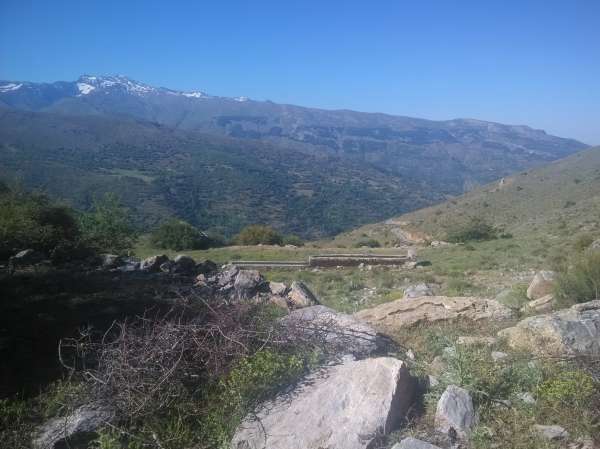Acaba de salir este volumen. Ir al enlace.





José Martín, Roberto García-Roa, Jesús Ortega, Pilar López, Ana Pérez-Cembranos, Alicia León, Luis V. García & Valentín Pérez-Mellado. African Journal of Herpetology. Volume 64, Issue 1, 2015. For the first time, we report the occurrence of an apparently large and well-preserved population of C. mauritanicus on the Chafarinas Islands (NW Africa). In addition, we study some aspects of the morphology and ecology (microhabitat, soil and diet selection) of this skink. Adult females were larger than males but had heads of similar size. Leer más.

El Ayuntamiento de Güéjar Sierra (Granada) ha concluido los trabajos de recuperación y adecuación de los abrevaderos y albercas localizadas en Fuente Fría, paraje localizado en el Cerro Tamboril, con una serie de actuaciones que tienen el objetivo de recuperar especies autóctonas de anfibios que habían desaparecido en los últimos años. Leer mas.

Poisonous many may be, but scientists had yet to discover a species of frog that is venomous. That is, one that not only produces toxic substances, but also possesses a means to deliver them to another organism as a defense mechanism. Finally, a new discovery has put not just one venomous species on scientists’ radars, but two. Both residing in Brazil, these frogs are adorned with bony spines that pierce the skin where their venom concentrates, effectively turning their heads into dangerous weapons. Leer más.
N. madreselva es el nombre de la nueva especie de rana recientemente identificada por investigadores de la Universidad del Sur de Illinois (EE UU), que procede de los bosques andinos. Leer más.






